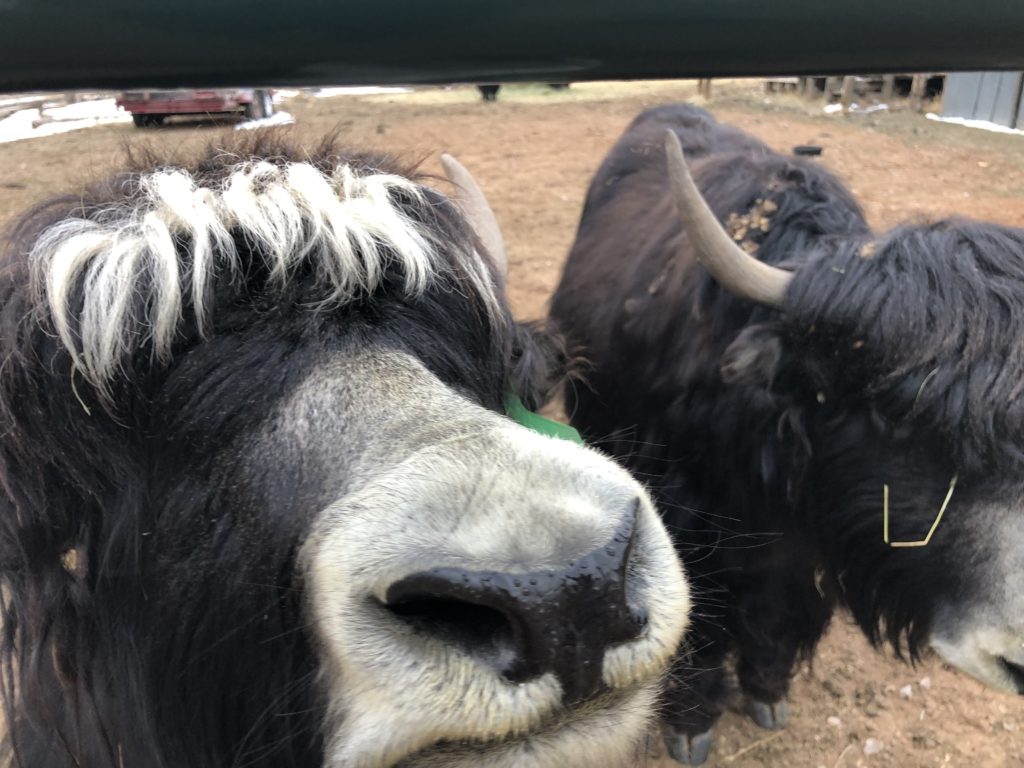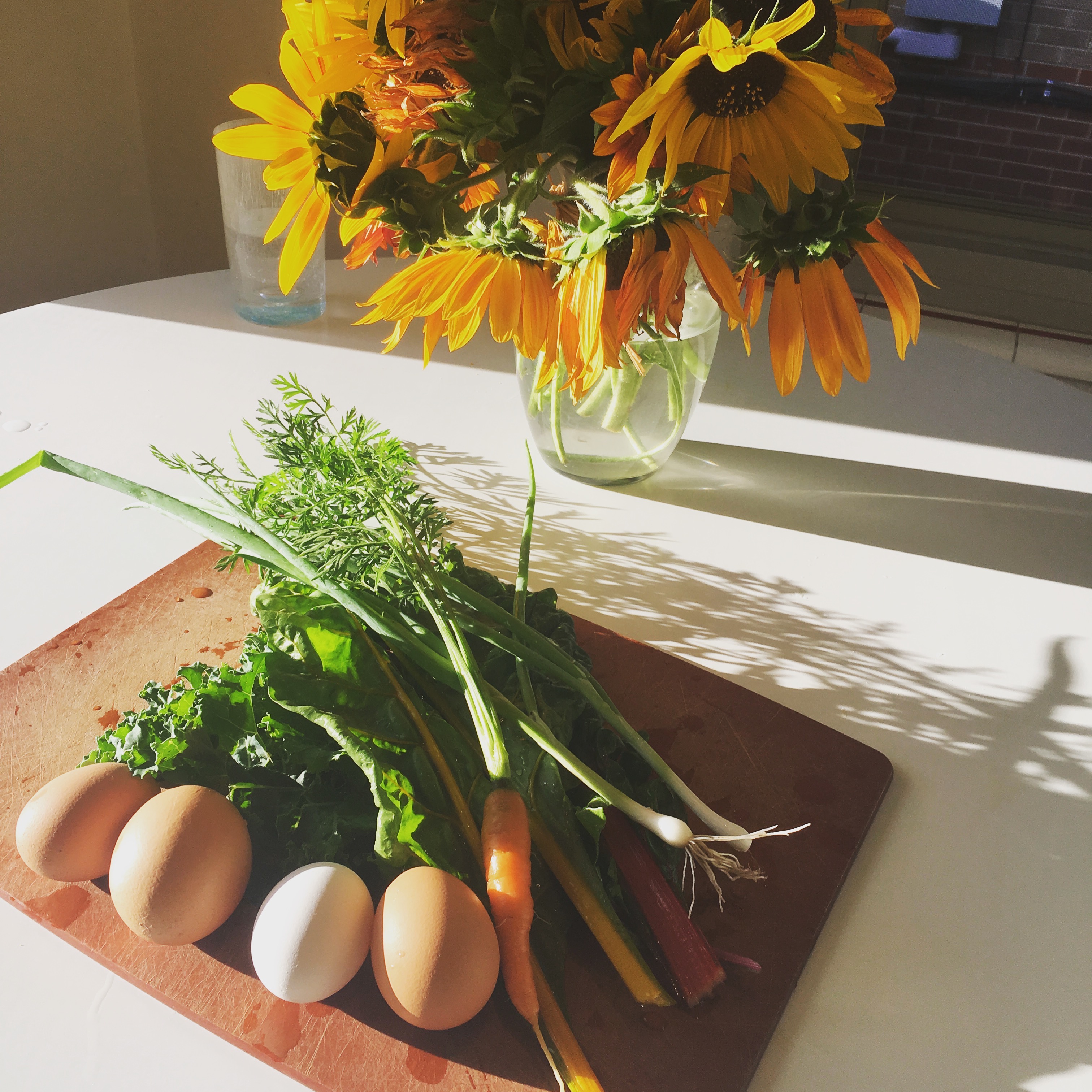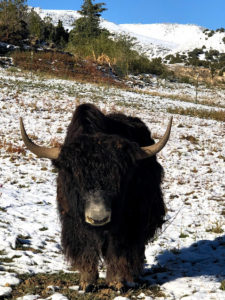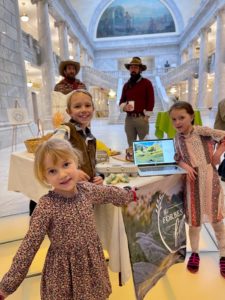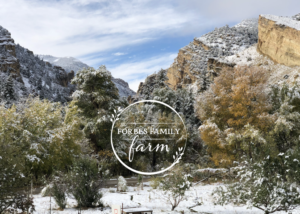The First Question Everyone Asks
In our first post we shared our why. It’s the same message we shared in recent days with friends, coworkers, bosses and family as we started publicly announcing we are leaving our jobs and our home in Denver to establish a farm in one of the most rural regions of the entire Rocky Mountain Range. We did not know what to expect. Who would be shocked? Who would be excited for us? What questions would people ask? Not surprisingly, some people have been shocked, some have been excited, and some have even been inspired. The part that surprised us is the first question nearly everyone asks…what are you going to grow?
We knew there would be questions about farming. After all, neither of us have a background in farming. In fact, like most young adults in America, we are 2-3 generations removed from any farmers in our family. So, we expected people to ask us “why farming?” or “what makes you think you can farm?” or even “you know farming is hard work, right?” But, rarely have those questions come up; instead, “what are you going to grow?” Emily had the best response to this question when we heard it from a few close friends. She paused for a second and said “food…we’re going to grow food.”
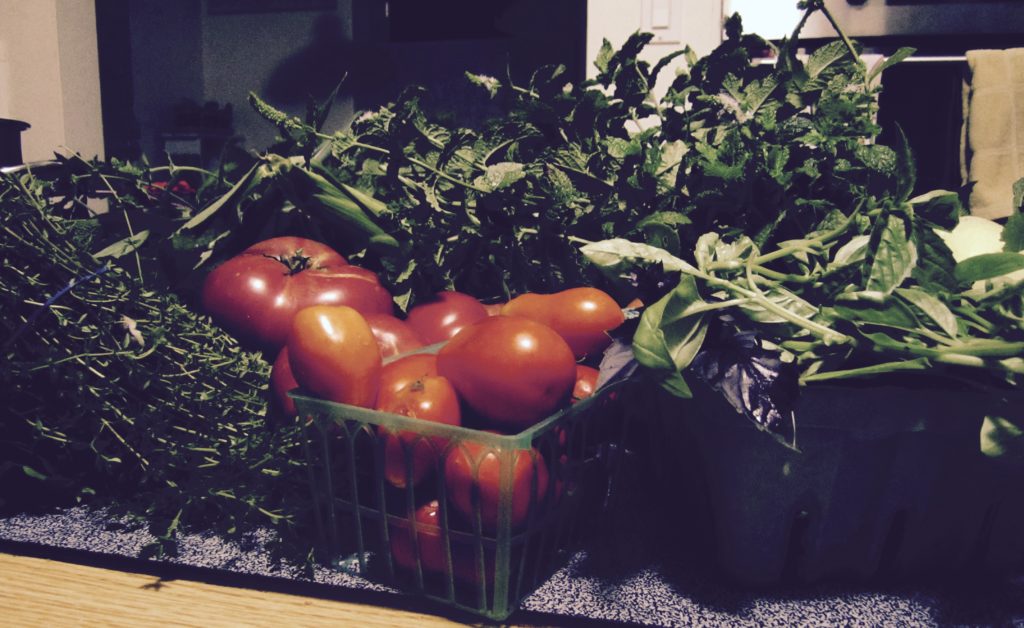
We Desire Wisdom
As I reflected on Emily’s response, I realized this question speaks to how far removed we are from a basic understanding of where and how our food is produced. Even those of us trying for intentional food choices tend to miss the mark. Do we really know where our food is coming from? Do we have any idea how the food is actually produced? Do farms just produce one type of crop? How often are we lured in by a deal on “grass fed beef” only to realize it was actually shipped from halfway around the world? What about all those times throughout the week we choose convenience over quality, whether intentionally or out of necessity?
To understand food, we must delve deeper than the surface. It takes more than visiting the latest restaurant serving “seasonal foods” to know how food grows. Understanding where our food comes from means going to the source and following it from seed to fruit. But, this demands patience. When we eat seasonly, we’re catching the final moments of a process that took weeks, months and sometimes years of care and attention. Seeing the end product brings awareness, but knowledge and wisdom come from experiencing the process from start to finish. We desire wisdom – that’s why we chose farming.
A friend of ours put it another way, saying “everyone loves the table in ‘farm to table,’ but no one actually wants to farm.” We’re in the Rockies. So, we see late snow, early snow, thunderstorms, blistering heat and everything else we love about this four-season climate. It’s true, farming won’t be easy. But, rarely does wisdom come by means of the easy route.
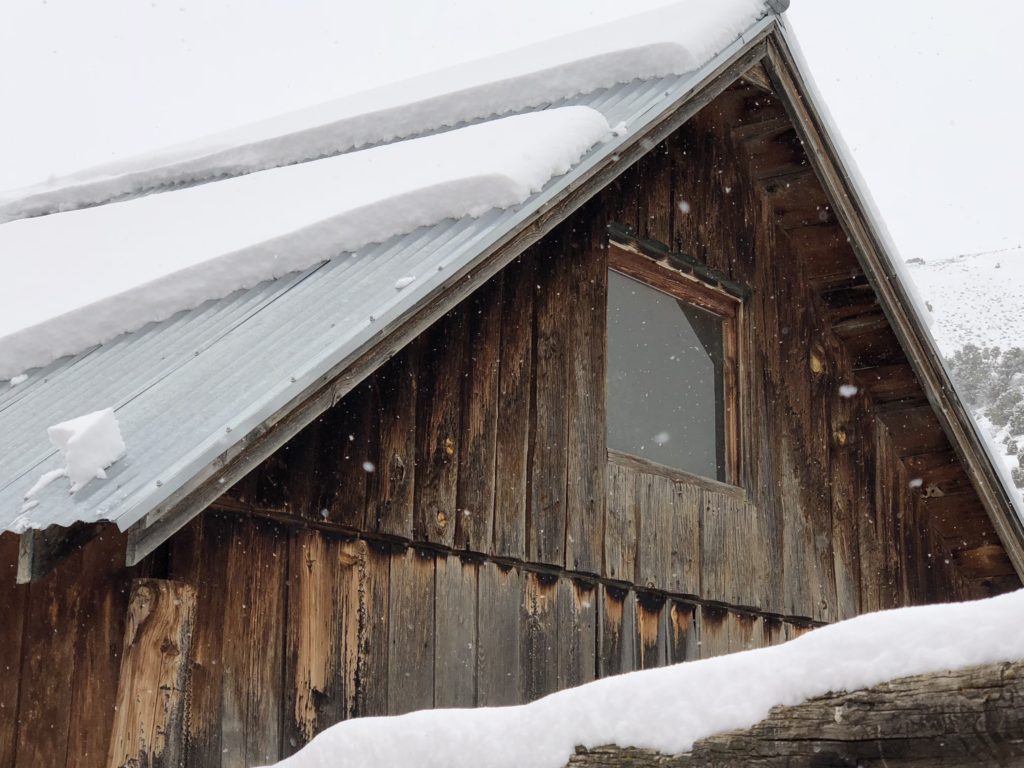
Different Forms Serving Different Functions
Getting back to the original question, what are we going to grow? I like Emily’s answer best, but I know you’re probably wanting more details. It’s easiest to answer this question by describing the two distinct produce gardens we are in the midst of designing. The first is our Potager (Kitchen) Garden. The Potager is our personal garden. We’re going to grow a little of everything in it. Literally. I can’t begin to list all of the herbs, fruits, vegetables, grains, tubers and flowers we’ll grow in the Potager. With hugelkultur beds and meandering paths, the garden is designed for experimentation, creativity and diversity. So, it’s hard to narrow a list down to just a few crops. The intent of the Potager is not maximized yield or consistency. We’re growing food for our own consumption, so we want it to be fun, diverse and distinctive.
Our second garden is our Market Garden. In the Market Garden we follow the design principles of Curtis Stone, Elliot Coleman, JM Fortier and many others pioneering a new age of intensive, sustainable and local farming. With tightly-spaced 30 inch beds, our goal is quality, consistent yield and profitability. This being our first year in farming, we’re focusing on quality and consistency. We know profitability will come when we’ve mastered these first two principles. We’re basing our crop selection in part on Curtis Stone’s Crop Value Rating (CVR) system. Ultimately, it boils down to arugula, beets, spinach, bunching herbs, kale, carrots, radishes, scallions, turnips and tomatoes. All crops with short growth cycles, high yields, and consistent market demand. (Curious to know more? You should really check out Curtis Stone’s website and book “The Urban Farmer” – www.theurbanfarmer.co).
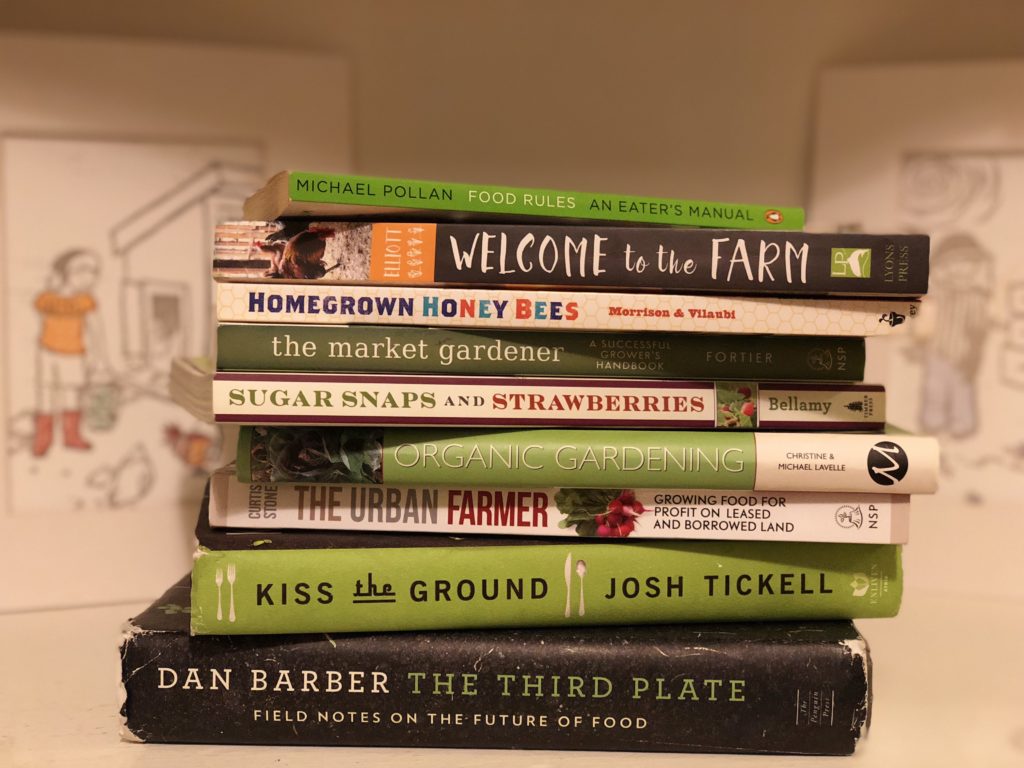
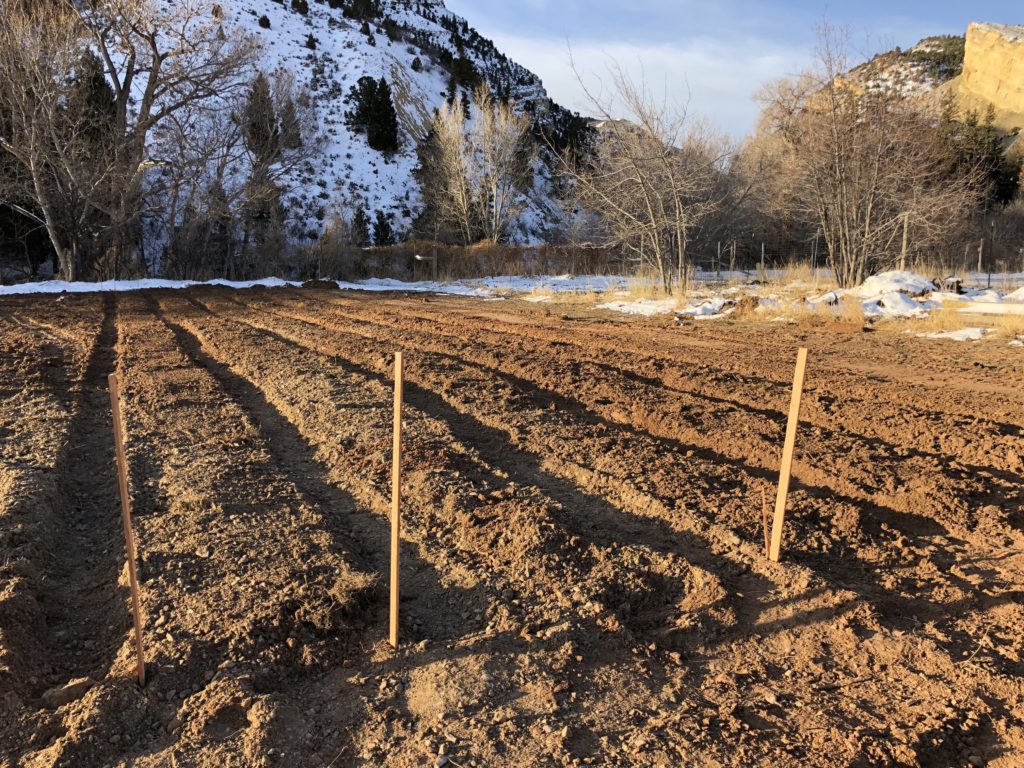
Food to Share...Our Realistic Expectations
Again, this is our first year. We’re not jumping into the 12-foot end of the pool. In fact, we’re not yet even signing up for a farmers market! This year, we will learn to produce foods at a quality we would be proud to purchase and we will master successional planning to ensure consistency. We’re following tried and true methods by some of the best market farmers in the world, so we know we’ll produce food, and probably lots of it. In year one, we look forward to enjoying that food ourselves, sharing some with family, sharing some with friends who come to visit, and probably even sharing some with the chickens.
Chickens! Wait, I didn’t even get to the chickens! Well, I suppose chickens are not something we “grow,” so I guess they can wait for the next post. Of course, The Forbes Family Farm would not be complete without chickens…and some yaks.
